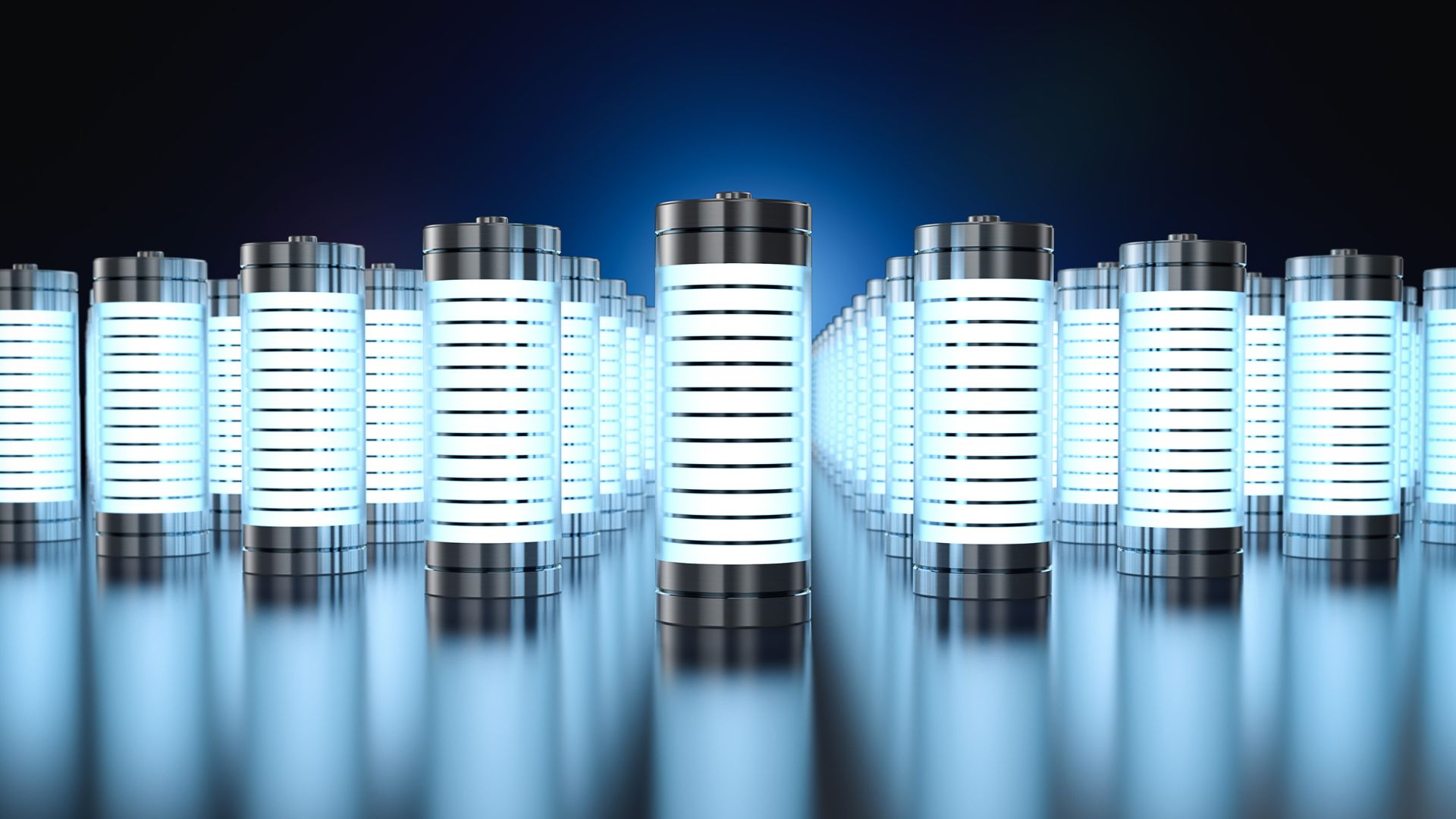Tech
Ion movement breakthrough could unlock faster-charging supercapacitors

Researchers led by Ankur Gupta at the University of Colorado Boulder have discovered how tiny charged particles, known as ions, move within a complex network of minuscule pores. This breakthrough, highlighted by Gupta, an assistant professor of chemical and biological engineering, could pave the way for the development of more efficient energy storage devices, such as supercapacitors.
“Given the critical role of energy in the future of the planet, I felt inspired to apply my chemical engineering knowledge to advancing energy storage devices. It felt like the topic was somewhat underexplored and, as such, the perfect opportunity,” explained Gupta.
While various chemical engineering techniques are employed to analyze flow within porous materials like oil reservoirs and water filtration systems, their application in certain energy storage systems remains underexplored.
Thus, the study introduces a model to predict electrolyte transport in complex networks of slender pores. The framework accelerates numerical computations by six orders of magnitude without compromising accuracy.
This model is then used to investigate the influence of connections and pore size distribution on the charging time scale of electrical double layers and to predict structure-property relationships.
The discovery is important not just for storing energy in vehicles and electronic devices but also for power grids. In these grids, where energy demand changes, efficient storage is needed to prevent waste during low-demand times and ensure quick supply during high-demand times.
Supercapacitors beat batteries for rapid charging, extended lifespan
Supercapacitors, which store energy through ion accumulation in their pores, offer rapid charging and longer lifespans compared to batteries. Gupta emphasized the speed advantage of supercapacitors, stating that improving ion movement efficiency could further accelerate charging and energy release.
The research challenges Kirchhoff’s law, a longstanding principle governing current flow in electrical circuits. Unlike electrons, ions move through a combination of electric fields and diffusion. The researchers found that their movements at pore intersections deviate from Kirchhoff’s law.
These findings hold potential for improving supercapacitor design and enabling 3D-printed microscale electrodes for wearable energy storage and supercapacitors in Internet-of-Things applications. The abstract of the study stated that their network model provides results up to six orders of magnitude faster, enabling the efficient simulation of a triangular lattice of five thousand pores in 6 minutes.
“We employ the framework to study the impact of pore connectivity and polydispersity on electrode charging dynamics for pore networks and discuss how these factors affect the time scale, energy density, and power density of capacitive charging.”
Gupta notes that previously, ion movement was described only in single pores. But this research allows for the simulation and prediction of ion movement in thousands of interconnected pores within minutes.
“That’s the breakthrough. We’ve uncovered the missing piece,” Gupta concluded.
ABOUT THE EDITOR
Bojan Stojkovski Bojan Stojkovski is a freelance journalist based in Skopje, North Macedonia, covering foreign policy and technology for more than a decade. His work has appeared in Foreign Policy, ZDNet, and Nature.







:max_bytes(150000):strip_icc()/roundup-writereditor-loved-deals-tout-f5de51f85de145b2b1eb99cdb7b6cb84.jpg)


